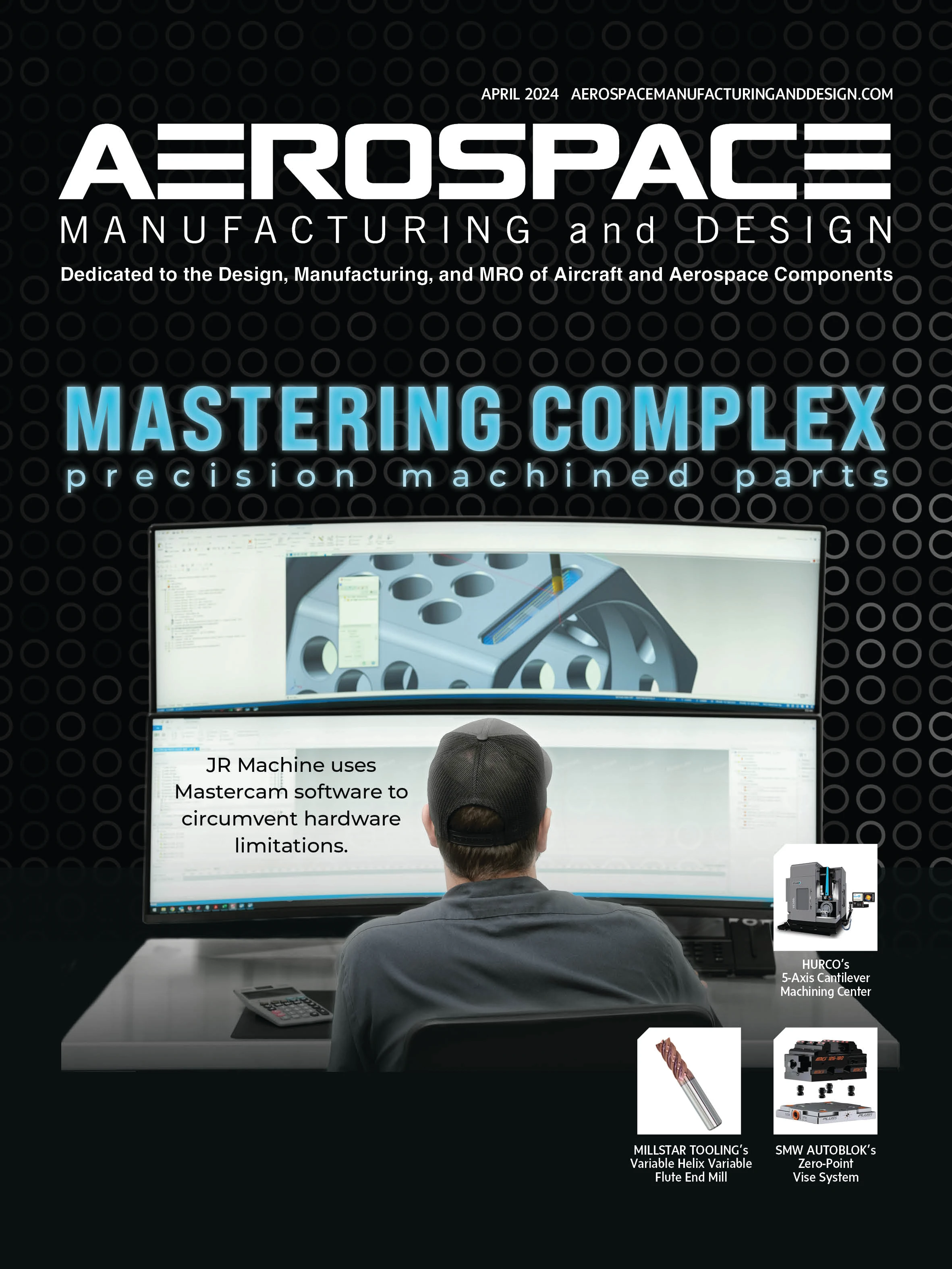
Researchers in Purdue University’s College of Engineering are testing a Tesla valve-inspired injection manifold design that could improve the performance of rotating detonation engines (RDEs) being developed as next-generation solutions in jet and rocket propulsion.
Li Qiao, a professor in the School of Aeronautics and Astronautics, is conducting numerical demonstrations on the design.
RDE benefits, drawbacks
Qiao says RDEs convert chemical energy into thrust, with a flame traveling through the engine at supersonic speed, which can be 10x faster than in a traditional engine.
“RDEs are much more efficient than traditional engines by consuming less fuel and achieving high power of thrust in much less time,” Qiao explains. “An RDE has no moving parts – turbines or compressors – which makes it less complex and less expensive to manufacture.”
RDEs face stability drawbacks, however. The pressure behind a detonation wave in the engine is enormous, but there’s high pressure on the wave to move backward. That pressure could reverse the flow of the fuel and oxidizer injectors.
“If the injection flow goes backward, the engine can lose power and power generation is lost,” Qiao says. “The pressure may cause oscillation, too, which causes damage to the fuel injection system.”
Tesla valves and RDE applications
Purdue’s Tesla valve-designed injection manifold sustains a stable shock wave in RDEs, maintaining detonation and thrust while preventing the reverse flow.
“Tesla valves allow fluids to flow in one direction but make it virtually impossible for them to travel in another,” Qiao says. “Tesla valves are already frequently used in other fluid devices, but ours is the first proposal to use them as injection manifolds in RDEs.”
During numerical demonstrations on the injection manifold design, Qiao discovered in traditional designs a significant amount of flow made its way back to the inlet where the fuel was injected.
“In tests of the Tesla valve-inspired injection manifold design, very little flow returned to the inlet,” Qiao notes. “The majority of flow was self-impinged at the corresponding Tesla valves.”
Qiao and her team are looking to further perfect the design, which can be integrated into existing engine systems.
“We would be happy to work with industry and the federal government to apply this valve concept for specific engines in commercial and defense applications,” Qiao adds.

Explore the April 2024 Issue
Check out more from this issue and find your next story to read.
Latest from Aerospace Manufacturing and Design
- Safran Defense & Space opens US defense HQ
- Two miniature absolute encoders join US Digital’s lineup
- Lockheed Martin completes Orion for Artemis II
- Cylinder CMMs for complex symmetrical workpieces
- University of Oklahoma research fuels UAS development
- Motorized vision measuring system
- Everyone's talking tariffs
- Boom Supersonic to launch Symphony engine testing in Colorado





